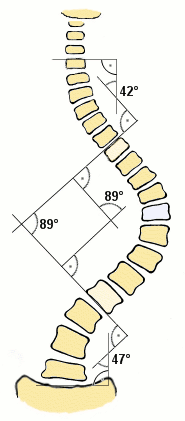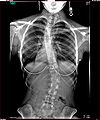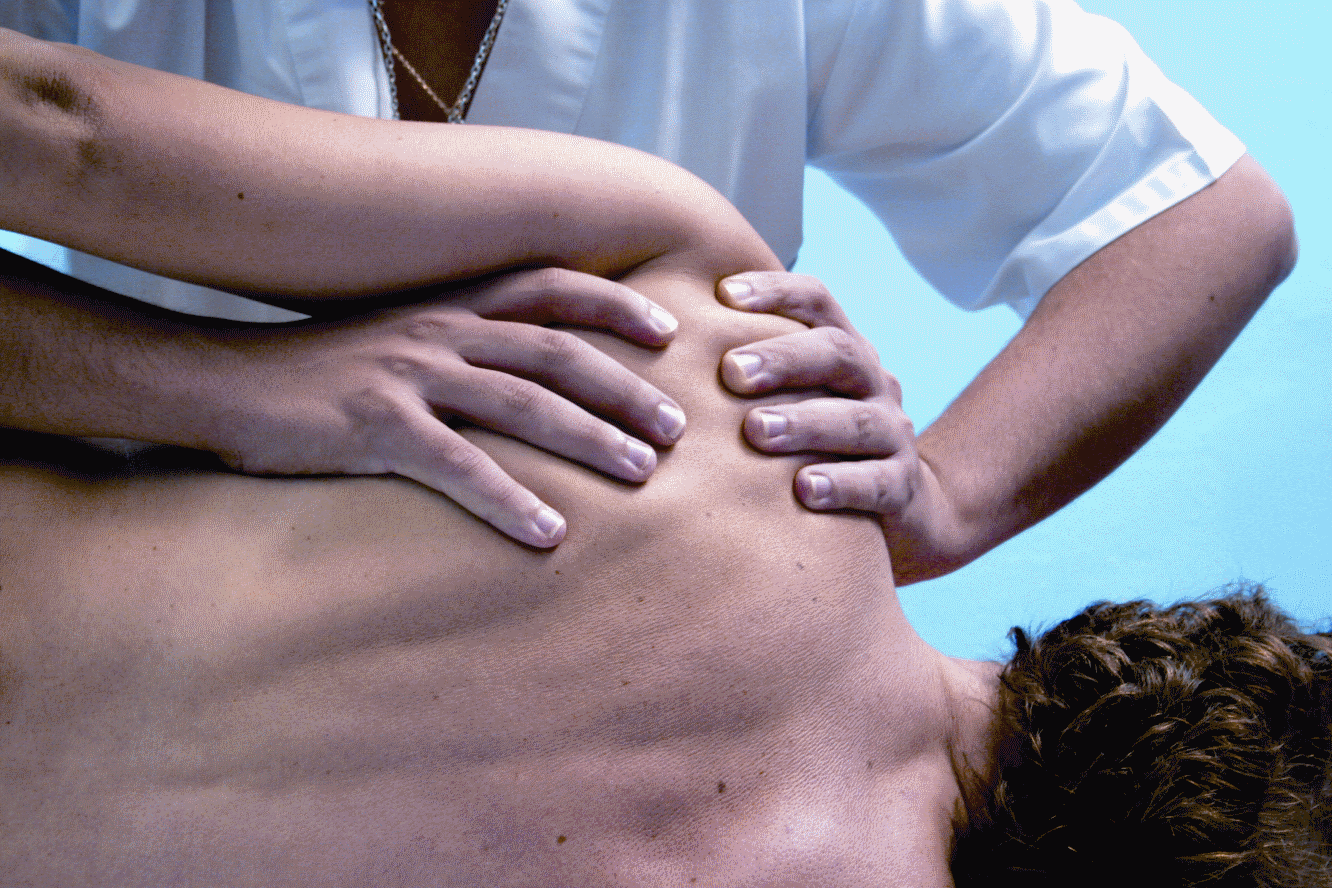nalco group
bone, muscle & joint pain physio
BOOK NOW / WHATSAPP ABOUT YOUR PAIN OR INJURY
- ORCHARD 400 Orchard Road #12-12 Singapore 238875
- TAMPINES 9 Tampines Grande #01-20 Singapore 528735
- SERANGOON 265 Serangoon Central Drive #04-269 Singapore 550265
Home > Blog > Spinal Physiotherapy > Scoliosis Spinal Physiotherapy
Scoliosis Spinal Physiotherapy

Scoliosis is a curvature in the spine which can be either be a
- forward (anterior) curve or
- sideways curve
that becomes increasingly/more obvious when you observe the scoliotic spine from behind. In many cases of scoliosis, symptoms are mild, but when the condition is moderate to severe, it can be very debilitating and disabling to the patient.
For most patients with mild scoliosis, it doesn't require any treatment until/unless the scoliosis developed to become painful or difficult to breathe or move. It affects mainly in the
- thoracic (the spine of the rib cage) and
- thoraco-lumbar (spine of the rib cage and the lower back) region
There are two types of scoliosis:
- Structural Scoliosis
(where the mechanics of the curve and the lateral curvature causes a
pronounced one side of the patient's rib cage, very obvious when the
patient is made to bend forwards). This one can be progressive and increasingly painful over time.
- Functional/Postural Scoliosis - For this version, there is no fixed rotation and curvatures doesn't worsen. This form is more of a postural scoliosis, and seems to disappear when patient bends forward.
Causes of scoliosis
Common causes:
- Leg length discrepancy (one leg is shorter than the other leg)
- Painful spasms of the back muscles
- Neurological and neuromuscular problems, such as congenital (birth) defects, cerebral palsy, and muscular dystrophy can cause scoliosis.
- Arthritis of the back and spine is a degenerative scoliosis causes by the gradual weakening of the soft tissues and ligaments in the spine.
Symptoms of scoliosis

Common visible scoliosis signs include
- shoulders or waists that are uneven or unbalanced
- appearance of a shoulder or shoulder blade that is higher than the other
- one hip being higher than the other
If the scoliosis progresses to a worse condition, the spine may also rotate on its axis, on top on the curving at the side, causing the ribs to appear more rotated and bent at an angle (side/forward bending + rotation).
In severe cases of scoliosis, patients may develop
- back pains
- difficulty breathing (due to thoracic cage limiting lung expansion for breathing)
Scoliosis Physiotherapy and Occupational Therapy Interventions

For the rehabilitative management of this disease, here is a breakdown of what our senior physiotherapists and occupational therapists will prescribe and do for patients.
Physiotherapy:
- Exercise therapy to correct muscle imbalances
- Manual therapy
- Joint mobilization and manipulation
- Stretching and flexibility training
- Posture correction
- Balance training
- Gait correction / training
- Computerized decompression spinal traction (where appropriate)
- Strengthening
- Chest physiotherapy to prevent/treat lung infections
Deep Tissue Release Massage:
Regular deep tissue release will help to soften and loosen tight and shortened muscles for best results of posture correction
Occupational Therapy:
- Activities of Daily Living (ADL) - activity analysis and modification, environmental (home or office or vehicle) assessment and modification,
- Prescription and training of any adaptive equipment if required
- Customized bracing, and using bracing during activities
- Posture
training in sitting, standing, and sleeping positions and in using
positioning supports such as pillows, wedges, rolls, and corsets.
- Productivity:
electrical wheelchair or scooter prescription and training (mobility);
work analysis and modification to improve productivity and output
- Leisure: leisure identification and participation through the training and education on use of bracing, energy conservation techniques, activity modification
*please note that results will vary depending on the severity of the curvature, maturity and coping ability as well as compliance of the patient, and the individual curve pattern
